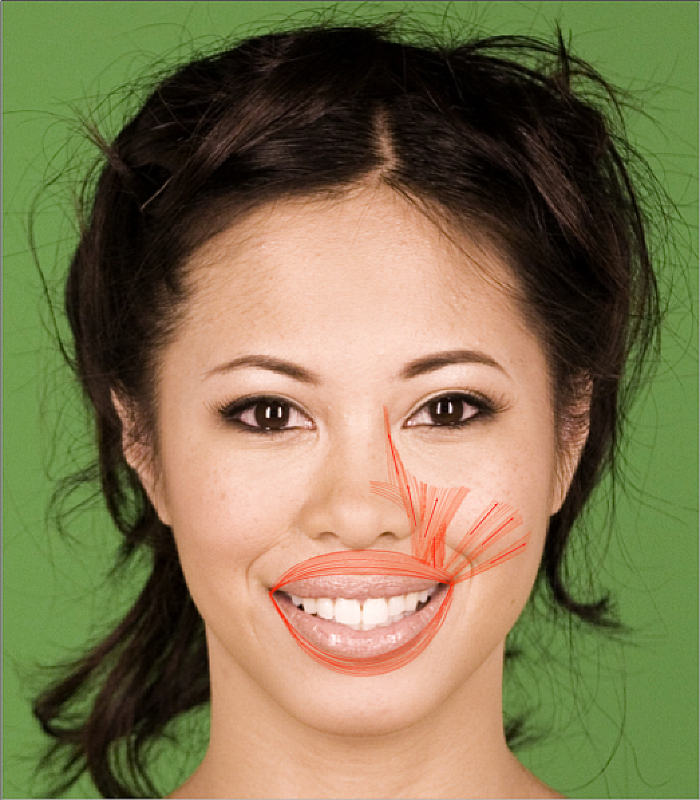Do Animals Smile?

Facial expressions of pets have been interpreted as actual emotional expressions. Everyone of us can probably recall a moment when we saw the sad or happy face of a dog. And our emotional response is immediate.
A pet's emotion can elicit compassion or exhilaration in us. Attentive pet owners actually know their companion gives them a genuine smile, just like human beings know when they encounter a fake or natural smile.
This leads to the question what is more important, the smiling person or the emotional response of the observer.
This question is very similar to this one:
"If a tree falls in a forest and no one is around to hear it, does it make a sound?"
Facial expressions are rather spontaneous, without forethought. They appear to facilitate communication without the need of verbal expression. Both, origination and understanding are almost instant. We as humans learn early in life that we should control our emotions, that we should "listen" to the words of another person.
Animals usually do not agree with verbal communication. They use a variety of acoustic and visual signals to communicate with each other. It appears that there is no second guessing for the originator and the receptor of non-verbal communication. It is an indispensable part of all species' communities. And it is very efficient. Just by looking at the flight formations of birds we realize how intricate and exact communication among groups of animals has to be to avoid disaster.
From a scientific standpoint, it should me easy to determine whether animals smile. A face is animated by very specific structures, such as the facial muscles that are activated by impulses of the branches of the Facial Nerve. If this nerve-muscle assembly exists, one might conclude that facial expression is an evolutional endowment of that particular species. We would simply look at monkeys, cows, or dolphins and investigate the development of the Facial Nerve and it's muscle groups.

What about a "smile" as we call it? What is a smile? What is it's function?
The function of a exposing one's teeth might have changed during evolution. It's purpose may have evolved from an aggressive display to intimidate opponents, to deflecting a dominant's expression, to the expression of friendship and the desire to engage in communication. Hence, without knowing it's exact onset during evolution, the smile was born.

Since then, the human smile has come to signify a huge range of meanings. People still grin out of fear or nervousness, just as described for rhesus monkeys. And children, when being reprimanded, sometimes cannot stop smiling, which might indicate a sign of submission.
Our most desirable smile is the one in response to happiness and amusement. However, mankind as evolved subtle psychological patterns of behavior with which came more insidious varieties of smiles. The "smirk" makes the observer rather uneasy and guessing. It is used to introvert people or express covert hostility without displaying anger. Animals certainly do not have a smirk because they do not engage in mind games such as human beings.
The character of a genuine and instantaneous smile cannot be changed, but its "volume" can be enhanced. This is why a profession such as cosmetic dentistry exists. Human beings want to enhance the effect they create, make a great impression. Whiter teeth, as long as they look natural, certainly enhance that message. Younger teeth illicit a more playful personality. And healthier-looking teeth demonstrate a responsible life style, success, and possibly better genes.



